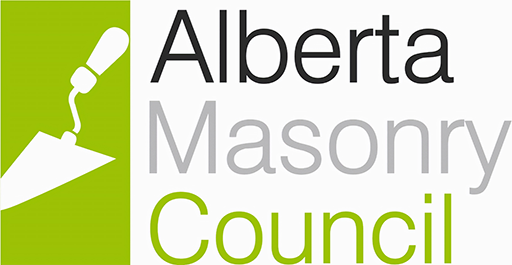
THE ADVANTAGES OF MASONRY
STRUCTURES AND CLADDINGS
Masonry – Beauty, Durability, and Sustainability
It has been the material of choice for castles and cathedrals, pyramids and great walls, schools and museums, hospitals and high-rises, bridges, roads, fences, and everything in between.
Although it is often imitated (stamped concrete, stamped Exterior Insulating and Finish System (EIFS), stamped stucco and masonite), very few materials are as versatile as masonry and fewer still are as durable or sustainable.
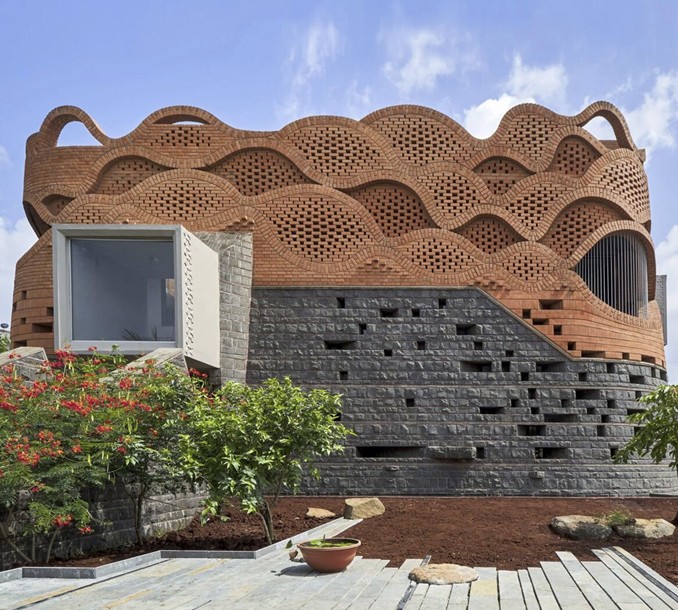
Masonry is Versatile and Aesthetically Pleasing
Masonry is a timeless material and never goes out of fashion with an infinite number of possibilities for pattern and form.
It has been the material of choice for castles and cathedrals, pyramids and great walls, schools and museums, hospitals and high-rises, bridges, roads, fences, and everything in between. Although it is often imitated (stamped concrete, stamped Exterior Insulating and Finish System (EIFS), stamped stucco and masonite), very few materials are as versatile as masonry and fewer still are as durable.
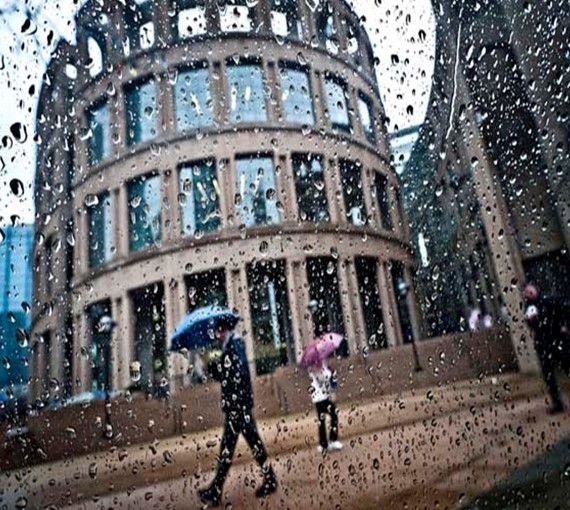
Masonry Manages Moisture
Masonry stores moisture and does not mold, rot or rust; nor is it organic.
t is not cost-effective to construct buildings as watertight as submarines. We expect moisture ingress and need to provide a method for moisture to get out (such as a drained cavity masonry rain screen veneer) and use materials like masonry which do not lose structural strength if they get wet, in fact, they can gain strength by hydration.

Compartmentalization of Fire and Sound
Masonry is Fireproof nor fire resistant. It doesn’t burn. It is also highly impact resistant.
Although there are fire resistant gypsums, these materials are obliterated by the force of a fire hose. If the fire has not yet been doused it can spread to other areas, or the firehose can water damage adjacent units. A concrete block wall achieves it’s fire rating and can still withstand the pressure of a fire hose without compromise. Clay bricks being a fired, ceramic material, have an even greater fire resistance and are used to train firefighters as they can be repeatedly set alight and doused during training exercises.
Masonry is also a great insulator for noise with a Sound Transmission Class (STC) Rating of 50 or greater making it ideal for walls in multi-family residential buildings to better isolate dwellings from noise.
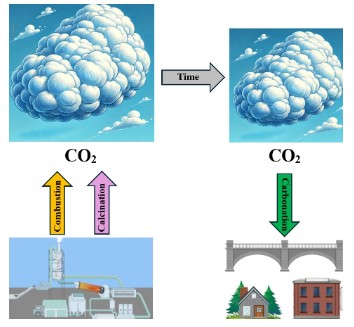
Masonry Sequesters Carbon Dioxide and is Environmentally friendly
Masonry and Cement products reduce green house gases by absorbing carbon dioxide (CO2) over time through weathering carbonation or at the time of manufacture by pre-carbonation.
Concrete block, grout, manufactured stone products, mortar, and scratch coat all absorb CO2 over their service life if they have not been pre-carbonated
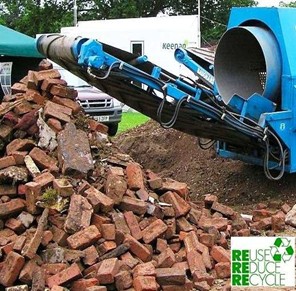
Masonry is Sustainable
Masonry products are also modular and very recyclable. The product are 100% recyclable at the time of manufacture and when they finish their service life block can be used as aggregate in new concrete or road crush and brick can either be cleaned and re-used, ground up and added as “grog” to new brick or used as road crush. are cradle-to-cradle not cradle to grave
Masonry produces less construction waste for land fills and at the end of service life and are considered a cradle -to-cradle not cradle-to-grave product.

Masonry Walls are Heavy
This is actually a strength as it requires the structure to be more robust to support these walls.
Heavier structures are far mor resistant to high wind events like tornados and hurricanes.
